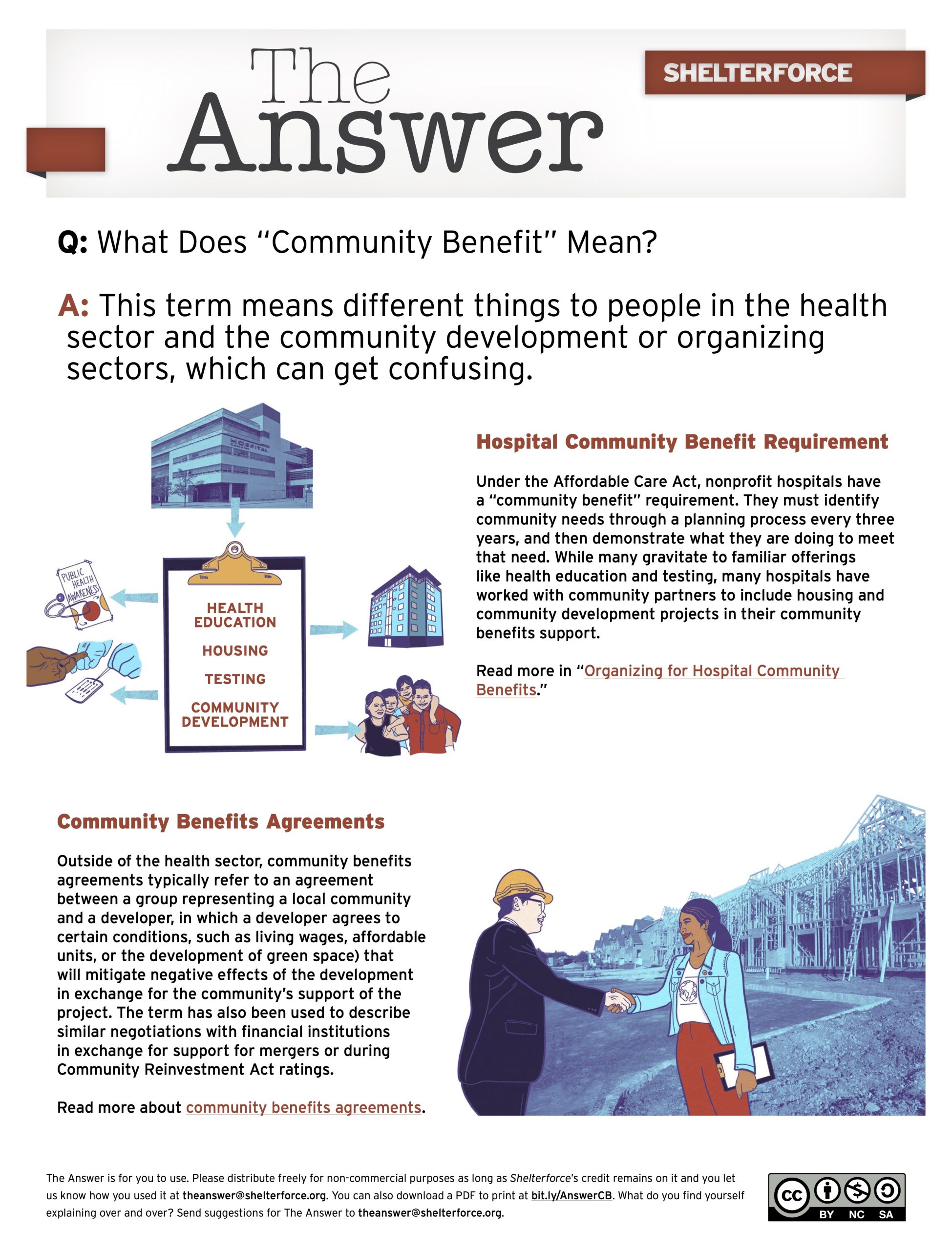The Healthy Corridor for All HIA examined the effects of zoning decisions around a planned light rail line in the Minneapolis–St. Paul area (see “Making Light Rail Stop for Us,” Shelterforce, Summer 2011). ISAIAH, a nonprofit interfaith coalition of 90 congregations, was the lead agency, working with the grassroots group TakeAction Minnesota. PolicyLink, a national organization, was the technical partner.
The Healthy Corridor HIA was a particularly robust one in terms of community engagement and control, with a steering committee of 22 community groups. Shelterforce spoke with Doran Schrantz, executive director of ISAIAH, about the role of community groups in HIAs and the role of HIAs in community organizing.
What got you involved in the HIA?
We did the HIA because we’re always looking for ways to make the political process better and we saw the HIA as a tool for organizing and advocacy, something that would bring unlikely partners to the table, a process driven by data and research, and a legitimizing tool that elevates health as important in all decisions. We had carpenters there, CDCs, African-American groups, public health department leaders, etc. A requirement for sitting on the committee was that you represent the constituencies who would be impacted along the transit line being built.
Having something legitimate that is owned by the community that shows our priorities gives us organizing power. It’s another way of shifting the political dialogue that is unfolding.
What would you say the role of community stakeholders was?
Throughout the process we did advocacy, which is very controversial because some people said that the validity of the HIA is disrupted when people are advocating [at the same time]. Why can’t communities own the process and the power to push for the recommendations?
The findings of the HIA were that there was a significant risk of gentrification and that there weren’t mixed-income plans in place along the transit line. They recommended zoning rules and things of that nature, but experienced a lot of push back from the city council. In the end two of the three recommendations they made were implemented.
I think the challenge for the HIA field is whether it’s going to become another technocratic layer owned by experts and bureaucracies and lose the community-driven part.
We had a technical advisory panel that advised the community steering committee, not the other way around. We drew a line in the sand to tell them that this was the right relationship and the right balance between researchers and experts and the community.




Comments